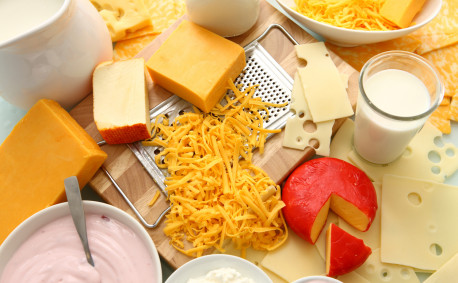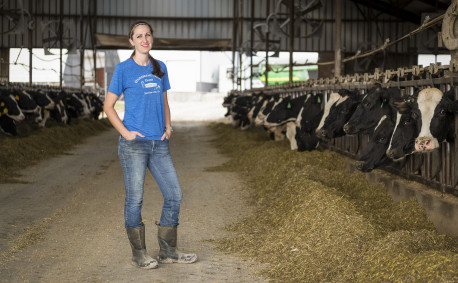Dairy is a Clear Choice for Clean Eating
For a growing number of families, understanding the journey that their food takes from farm to table is as important as the food’s taste and nutritional value. If you’re looking for “clean labels”—those with short, understandable ingredient lists and information about how the food was produced and processed—the dairy case is a great place to start.
Milk, cheese and yogurt are some of the freshest and simplest foods we can include in our diets—and all three take just a few steps to get from the dairy farm to your table. In Kansas, there are about 300 licensed dairy farms producing milk each and every day, making dairy products truly a local food choice.
In a recent survey, consumers said that the top two factors in defining a clean label are “no artificial ingredients/flavors/preservatives” and “ingredients easily read or recognized.” Using these criteria, milk and dairy products deliver clean labels far more often than milk alternatives.
Did you know:
- Milk has only three simple ingredients (milk, vitamin A and vitamin D), while milk alternatives have eight to 12, including flavorings and stabilizers.
- Milk takes only about 48 hours to journey from the farm to the store, while milk alternatives can take weeks.
- Milk products go through pasteurization and homogenization to ensure safety and quality, but these processes don’t impact milk’s nutritional value.
Milk and dairy products provide nearly unmatched nutrition. Not only does dairy provide calcium to build strong bones, but together milk, cheese and yogurt provide an entire package of nine essential nutrients including high-quality protein to support muscle health.
If you’re interested in clean eating, the choice is clear: dairy is a great option.
To learn more, check out this series of videos that answer common questions about dairy products and dairy processing.




